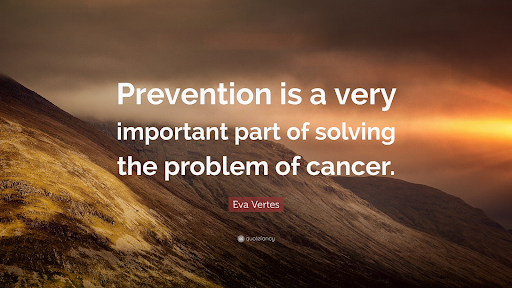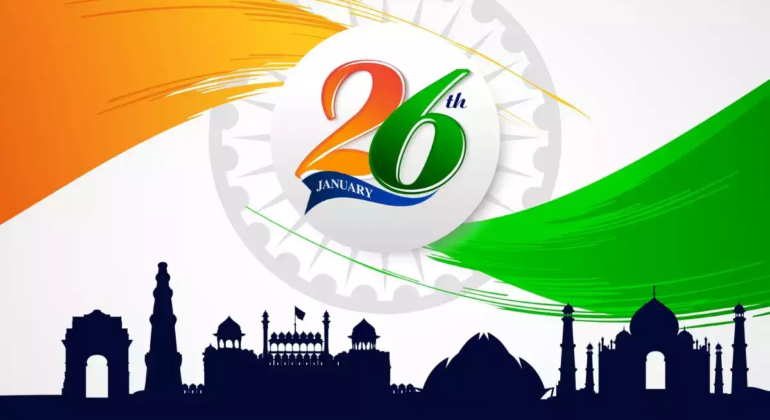Did you know? Cancer is not new, it was defined 5000 years ago.
Cancer, one of the most deadly challenges spreading drastically in the 21st century, has now officially become the most dangerous killer in the world according to the World Health Organization. February is Cancer prevention and awareness month. It is no secret that early detection and …
Importance of Data in Ayurveda
Ayurveda is one of the oldest known medical systems in human history. Prediction and Prevention are the core strengths of Ayurveda which differentiates it from other streams of medical sciences such as Allopathy. Ayurveda always emphasizes a personalized and holistic approach of diagnosis. Person needs …
“Looking through a New-Normal hourglass: A Developing and Developed country scenario!!!”
The Year 2023 was an eye opener for the entire world. Human beings have seen a transformation throughout the 21st century. But as 2020 came we saw something changing around us, each year after that we documented changing trends called “New-Normal” from lockdowns to warfare, …
Health constitution in 2023
India is celebrating 74th republic day this year. With adopting and implementing concrete laws and constitutions, India is growing very significantly. In the case of the health sector, we have to deeply rethink the constitution related to healthcare systems especially post pandemic. The pandemic has …
How to choose a research topic?
I am assuming that the project guide and the area or domain of specialization (e.g. Data security / काया चिकित्सा / Machine leaning) is already decided. “Now what ?” For the word “research”, we always think about an apple falling on the head or the Eureka moment. Please understand …







